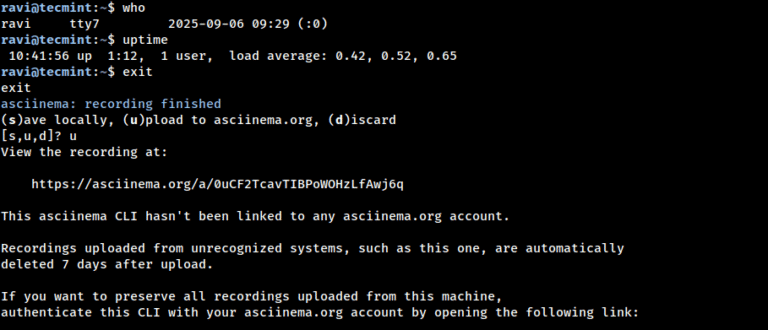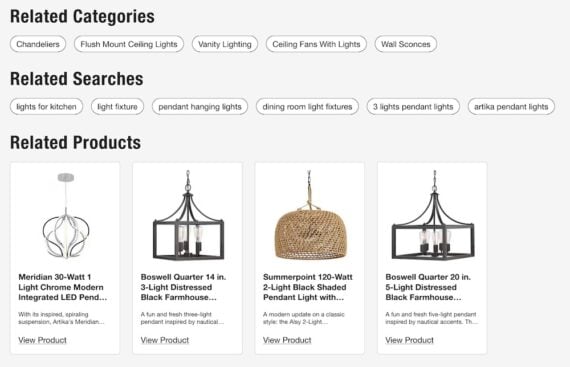
For years Jack Oswald was a touring tennis professional. He aimed for top worldwide rankings, the key to serious earnings. The rankings never came, but constant travel exposed a nagging problem: his tennis bags kept breaking.
Thus began his passion for designing a better bag for athletes on the go. And that led to Cancha, a direct-to-consumer seller of sport and travel bags, which he launched in 2019 from his base in the U.K.
Jack and I recently spoke. He discussed his transition to entrepreneurship — early struggles, raising capital, and more. Our entire audio is embedded below. The transcript is condensed and edited for clarity.
Eric Bandholz: Tell our guests who you are and what you do.
Jack Oswald: I’m the founder of Cancha, which means “court” in Spanish. We design customizable, modular sport and travel bags — gear that transitions easily between work, play, and fitness. Our mission is to make sports travel seamless and help people stay active.
My background is in tennis. I spent years training and traveling to compete, chasing the dream of going pro. I didn’t reach the top, but I learned a great deal and gained valuable global experience, including learning French and Spanish.
Before the pandemic, I began designing bags for myself to meet the needs of an athlete on the move — from court to city to nature. I had no background in soft goods design, but I dove in. During the pandemic, with travel and tennis on hold, I focused full-time on building Cancha and learning ecommerce.
Initially, our target market was traveling athletes, but most customers today are everyday commuters and recreational players. We’re especially popular in the U.S., which accounts for 60% of orders. Brexit made selling in Europe more challenging, so the U.S. became our primary market. We also have a loyal customer base in Asia, including Japan, Hong Kong, and Singapore, despite not marketing in those locales.
Bandholz: Tell us more about the transition from tennis to entrepreneurship.
Oswald: It was a long, gradual process. As a kid, I believed nothing could stop me from turning pro. But reality hit — tennis is tough to make a living in. Only the top 100 players earn well, and beyond 150 in the rankings, you’re often losing money. Unlike soccer, where thousands of players make a living, tennis is financially brutal unless you’re at the top.
I gave it everything — traveling constantly, chasing ranking points, trying to survive each week. The grind was intense, and you’re often alone without the same resources as competitors. A coach, decent accommodations, or even a meal can make a big difference. The mental and physical toll is enormous, especially when facing losing streaks or setbacks.
I eventually realized I needed a new path. I probably would’ve kept pushing had I not discovered a new passion with Cancha. Many of my peers struggled post-tennis, but I was fortunate to find something meaningful. Even so, it took over a year to fully shift. I was still half-committed to tennis while building Cancha, gradually accepting that it was time to move on.
Bandholz: Bags are expensive to manufacture. Where did you get the money?
Oswald: It started scrappy. I wasn’t spending much at first. I was learning from friends who knew about soft goods design. Between tennis tournaments, I attended trade shows, where I met suppliers who generously offered samples, perhaps thinking I was more established.
In late 2019, I ran a crowdfunding campaign, raising approximately £10,000 ($13,500). I had no marketing experience, but it provided a bit of capital to move forward. Then, during the pandemic, we received a government relief loan, which helped fund our first production run and enabled us to undertake better design work. That was a major boost.
We began with tennis bags because that’s what I knew. The concept was a modular system — bags with add-ons for shoes, laptops, or wet gear. We first tried a backpack with racket add-ons, but it was too bulky. So we switched to a dedicated tennis bag and expanded from there.
Having contacts in the U.S. tennis space — reviewers and influencers — helped us get early traction. From there, we’ve grown into other racquet sports and more lifestyle-oriented bags.
A main reason for launching Cancha was frustration — my tennis bags kept breaking. Tennis is a growing sport, but the industry itself remains largely traditional, especially in marketing. Most brands rely on sales representatives and retail, and their bags are often poorly made, used as loss leaders to sell rackets. Unlike golf, where premium bags are the norm, tennis bags lack innovation and quality.
I saw a gap for better materials, thoughtful design, and durability. That became our focus: premium, modular bags that meet the needs of modern players and travelers.
On the marketing side, I also wanted to break the mold. Most tennis brands rely heavily on player sponsorships, but those come with restrictions — players who wanted to use our bags often couldn’t. So we went direct-to-consumer via ecommerce, bypassing the old-school gatekeepers.
Bandholz: How did your growth evolve?
Oswald: It has been gradual. We haven’t had a breakout moment from ads or gifting — no “rocket ship” success. It’s been a steady improvement across the board. Our bags are significant purchases. They last a long time, and people take time to decide. That makes acquisition challenging, especially with rising ad costs.
Our limited production approach has worked well. We’ve leaned into that with email marketing — offering limited-edition drops, exclusive colorways, and brand collaborations within tennis and beyond. We’ve also done a lot of pre-orders.
Creating excitement around the product development process and scarcity has helped drive engagement and interest. Instead of relying on one big channel, it’s been a mix: building hype, maintaining a tight brand, and slowly earning trust.
Bandholz: Do you have repeat buyers?
Oswald: Yes, and that’s been a strength. Our modular design allows customers to add accessories, naturally encouraging repeat purchases. People often buy a base bag first, then return for add-ons.
I design accessories to stand alone while also integrating with our bags. That dual approach gives us crossover appeal — some people buy just the laptop bag, while others build complete travel systems over time.
Limited drops play a role, too. Customers offer feedback on what they want. That helps guide future product development. We’ve had customers spend upwards of $2,000 over a few years. That kind of engagement has been key to our growth.
Bandholz: Where can people buy your bags or reach out?
Oswald: Our site is MyCancha.com. I co-host the Underdog Ecom Podcast for bootstrapped owners. I’m on X and LinkedIn.






